Remix culture found new life during the pandemic as creators looked for ways to express themselves while quarantining at home. Enter Jeff Baena, whose new show “Cinema Toast” on Showtime remixes public domain film footage into all-new stories using overdub voice casting and new edits. Each of the ten episodes have different directors including indie faves Jay Duplass, Numa Perrier, Alex Ross Perry, and David Lowery. The episode “Quiet Illness” features footage starring Old Hollywood star Loretta Young, and marks the stirring directorial debut of Aubrey Plaza.
Aubrey Plaza spoke to RogerEbert.com about her directing the episode, discovering a new creative freedom, finding inspiration in Loretta Young, her plans to direct a feature film, and more.
How did you get involved in this project? How did Jeff Baena pitch it at you?
We were hunkered down for the pandemic, as everybody was. It was that interesting time after a couple of months of being quarantined, and just kind of getting used to it. We both really wanted to create some new stuff, even though we were doing it from the confines of our own house. All we do is watch movies together, old movies mainly. I think he had the idea during a poker game he was having virtually. We went down this rabbit hole about this idea. When he told it to me he described it as an overdub kind of project. But it’s more than that because the rules are limitless and you could use whatever footage you want, do whatever you want. It sounded very hard and very him. It’s this very cerebral exercise. Very film school nerd-ish, but we’re both film school nerds at our core. So it did really appeal to me. He asked me if I wanted to direct one and I was a little bit “I don’t know! I don’t know if I could pull that off.” But it just seemed really fun and kind of like a new art form. There was nothing to really grasp on to, it was just this new idea of how you could possibly put something together with entirely new sound design. It was interesting to me on many levels.
Did you watch the footage first and then craft the story, or craft a story after watching footage?
So my episode was kind of a combination of both. I’ve heard other directors in this season had different approaches. Like Jeff picked one film and re-edited one film, and some people wrote their story first and then went on a detective spree to find footage to fit into their story. My story was kind of happening at the same time. I was very much inspired by the source material. I stumbled upon a psychological thriller called “Cause For Alarm!”, which starred Loretta Young. I didn’t know anything about Loretta Young, but I noticed in the library of films that we had available to us that she starred in her own television show in the ’50s called “The Loretta Young Show,” and there were many episodes in the library that we could use. So I started to think like, how about I just focus on an actress. I don’t need to focus on a movie per se. If I just focus on this actress then I’ll have all these different things at my disposal.
So I watched “Cause For Alarm!” First, which had great stuff in it, which got me going. Then I watched this movie called “Eternally Yours,” which she stars in with David Niven. Which totally coincidentally has the same director as “Cause For Alarm!”, Tay Garnett. There was some imagery in “Eternally Yours” that I think inspired the entire thing for me. It was this magical sequence where she’s in that bubble and she kind of comes out of the bubble. There’s this really haunting imagery that I couldn’t get out of my head. I just kept coming back to it. So I started crafting the story at the same time I was just watching endless hours of footage of her.
I love “Cause For Alarm!”. Noir is a favorite genre of mine. So there’s also “Eternally Yours,” and then I think “Three Guys Named Mike” shows up?
Yes! “Three Guys Named Mike!” That was the other movie, with Barry Sullivan. We couldn’t choose every movie in the world, just the movies Showtime had licensed for us, but that movie I watched and thought there was stuff in here I could use.
I was really struck by the follies sequence. Where did that come from?
That was a pre-code movie. There were some pre-code movies in the library that I thought were really cool. That was the oldest film in the bunch. It was called “The Dance of Life” (1929). It was this random movie that I stumbled upon and I just loved the imagery.
I used to work at Turner Classic Movies, so it was fun to try to figure out what all the films used were. I think you did an exquisite job of blending them. What was the editing process like?
It was so crazy because we had no blueprint for anything. My editor’s name is Amelia Allwarden. We were matched together. I had never worked with her before, but I really wanted to work with a woman because I felt like the story had this female experience. What I did was, in my shitty iMovie program on my laptop, I would assemble a very rough cut of stuff. I started basically editing it myself into some rough version of what I thought this could be, alongside a transcript of what I thought the script could be. Then I gave it to Amelia and she took a stab at it. Then it was just the two of us for hours on Zoom just hacking away at it. It was a mind meld. We really had to get our pillows out and make sure our asses weren’t on fire from sitting in the same place for so long. It was a test of endurance, but it was really fun. It was solely, purely creative. It was totally artistic. We weren’t trying to please anyone or anything.
I noticed the story you crafted mixes melodrama with film noir. Did the inspiration for that come out of the footage?
My story was partially inspired by the source material, and specifically “Cause For Alarm!”, because that was the meat of what I had in terms of consistent footage. It’s a combination of things. When Jeff asked me to direct an episode, I assumed I was going to do a comedy. I was like “Yeah, I will just do something hilarious!” I don’t know what happened, it just sort of poured out of me. You know what it was? It was really Loretta Young. I started reading about her and I started reading things that were truly disturbing. There’s all these stories about her being raped by Clark Gable and she adopted her own daughter and she had to cover it up. She was this very conservative actress. I just got so obsessed with her and she’s just so beautiful and elegant. There’s just something about her, and then knowing the backstory of what she might have been going through at the time. It just really got me.
I had this weird moment of this being a story about a woman’s self-esteem. It looks like a narcissistic love story, but really it’s about a woman’s self-esteem at the end of the day. There were many things about it that affected me in getting to that place and telling that story. In terms of melodrama, it started off as a psychological thriller and then it veered into melodrama because I leaned into the beautiful imagery. The voice-over stuff, I don’t think I ever thought I’d be someone who would use voice over narration. I remember in film school that was a no-no; That’s a cheat. It’s a cheat to narrate your story; just show it. But I thought there was something about the medium that it felt like it needed it, so I just leaned into it. I decided I would just be really dramatic here. I don’t care. I don’t give a f**k.
How did you cast the voices for your episode? Was there a stable of talent to choose from?
There were no rules. It was totally up to us. I knew pretty early on that I wanted to ask Christina Ricci to do it because I just love the sound of her voice. I grew up watching her, so it’s just crazy that we’re friends now as adults, but she just has such a kind of honey-sounding voice. She also has this timeless, kind of Old Hollywood vibe to her where I just felt like it would be this great match for Loretta Young. I just felt she would get the melodrama in a way. There’s a campiness to it that I really like and she just is totally that to me. I love her. I knew I was gonna use her early on. Even when I was editing it, I was doing the temp tracks myself, the voice-over, just to get it put together. I was like, “This sounds terrible, it’s going to sound so much better when she comes in and does it”. And it did. It was totally different when she got in there.
What do you hope people take away from your episode?
I hope they have an appreciation for Loretta Young on some level. That was what was so inspiring to me about the project showcasing and shining a light on films and actors and performances that might have been lost to time. Stuff young people these days might not have seen or know about. I would hope that people would walk away and have an appreciation for old films. In terms of a story, I don’t know. My mom thought it was incredibly sad. It makes me very sad. But I hope they think it’s beautiful and it leaves people feeling something, anything.
Do you have any future plans to direct a feature?
I do. I’ve always wanted to direct. I have a project that I was writing during the pandemic that I finally got to finish because I had actual time to do it. I’m getting it going now. I’m hoping by next year you will see some kind of announcement come out. I’m going to give it a whirl. I’ve been kind of precious about it up until now, but it’s time for me to go and just do it.
That’s really exciting. When Amy Poehler did her first film “Wine Country,” she said that a lot of times women wait until they feel ready, but that you’ll never feel ready and you should just do it.
I totally agree. She is always right.
Cinema Toast is on Showtime now.
You can view the original article HERE.
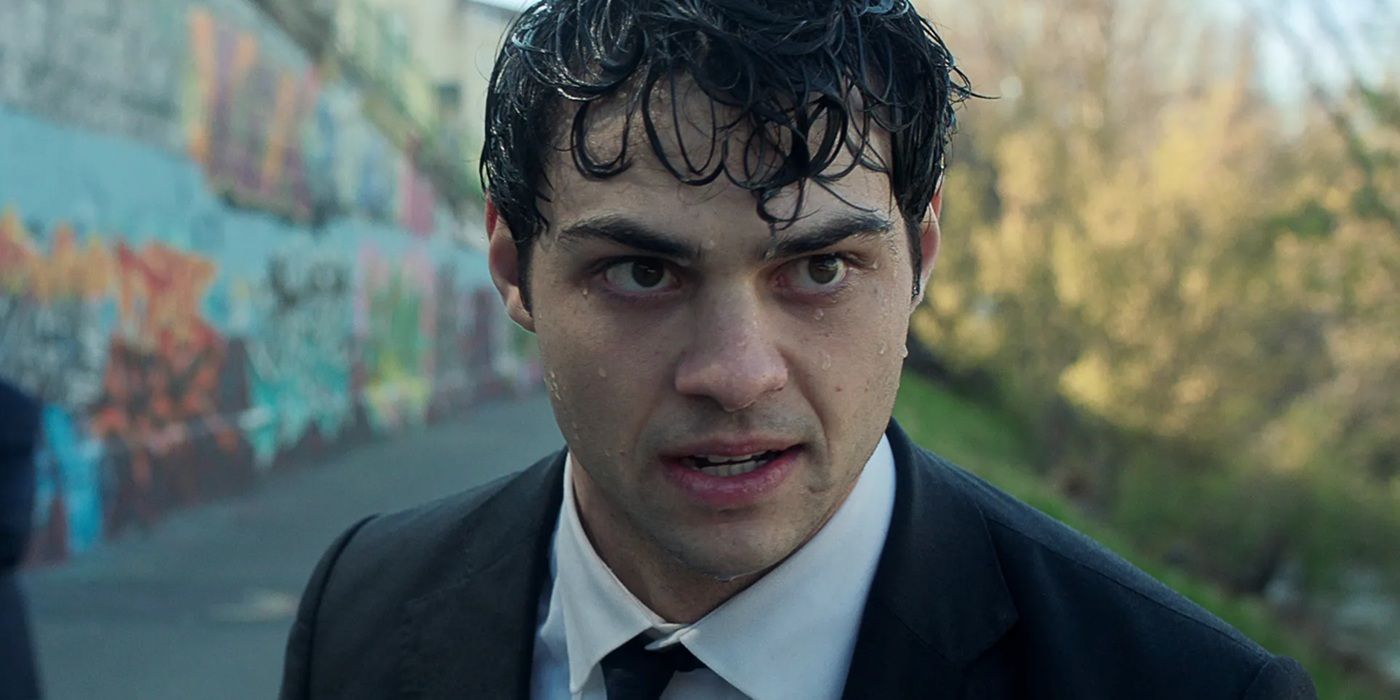



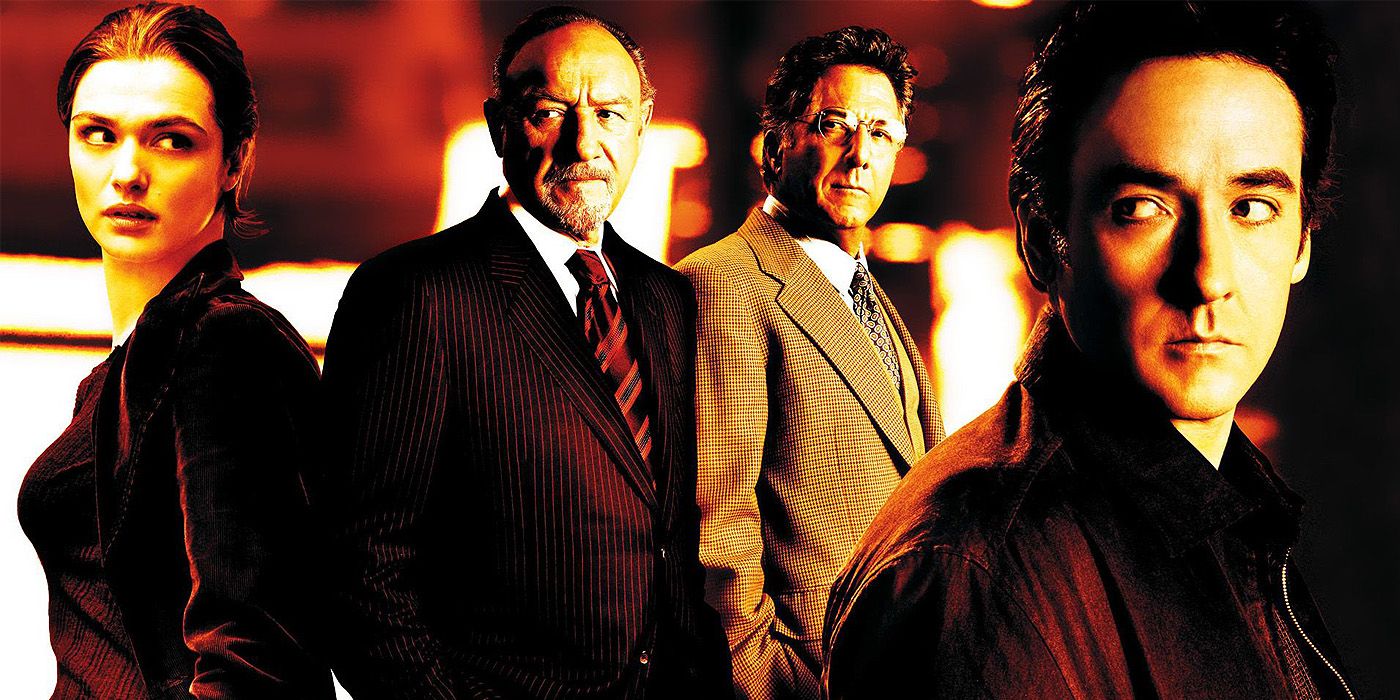
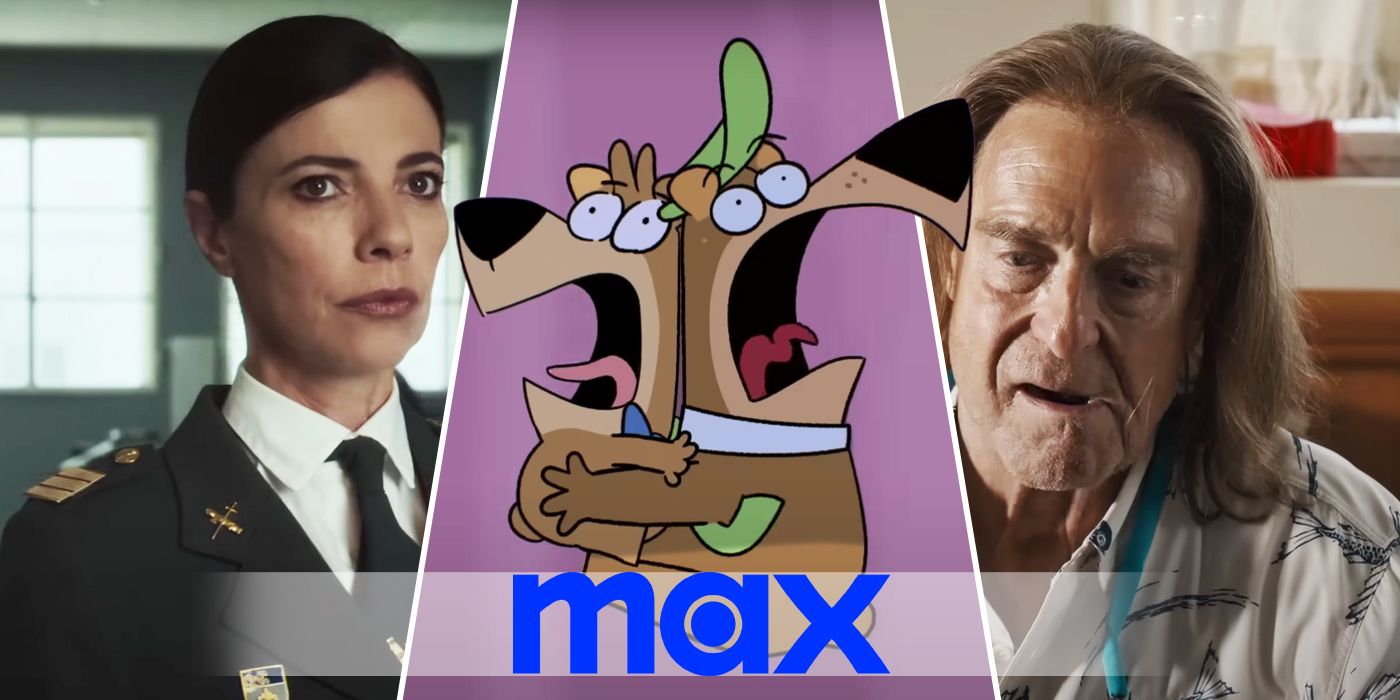

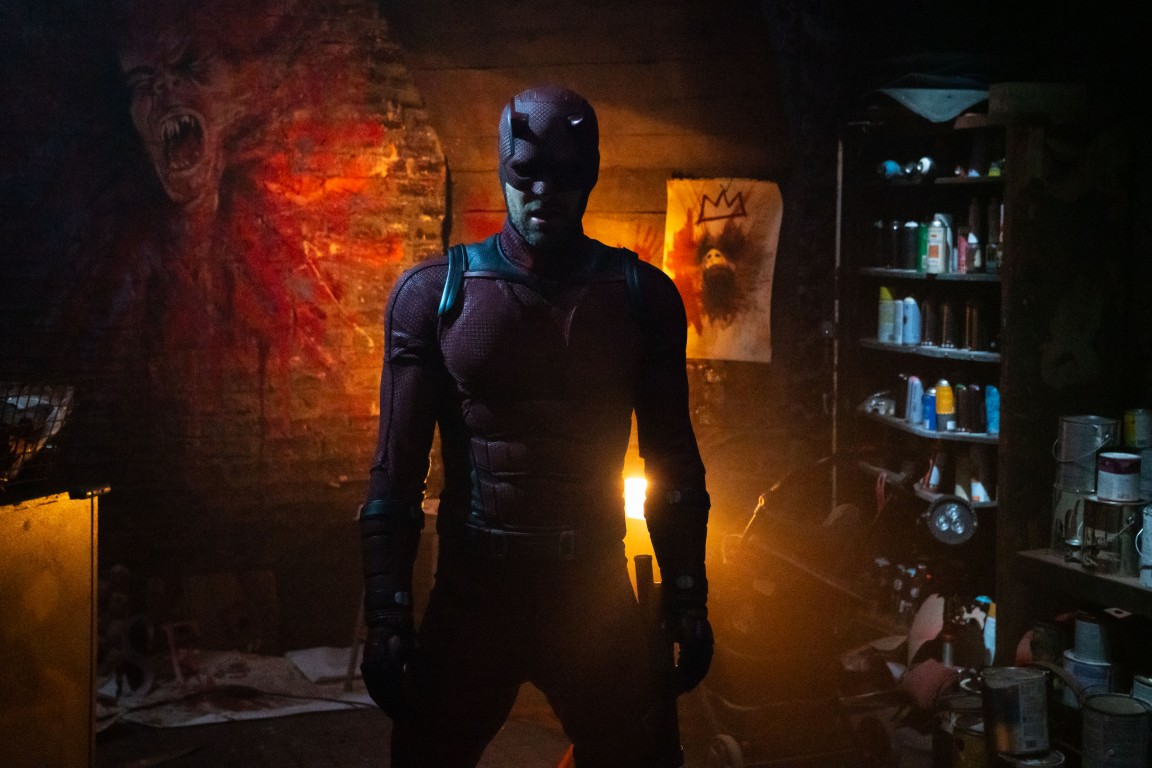
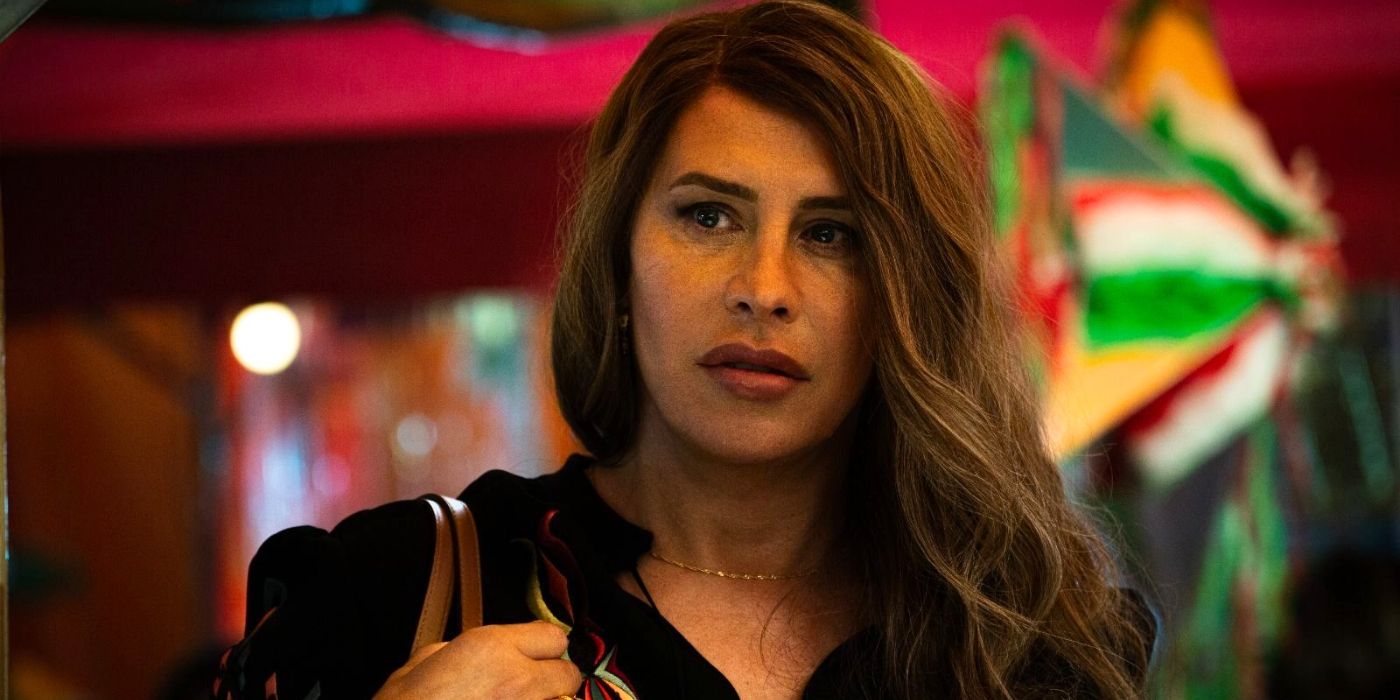

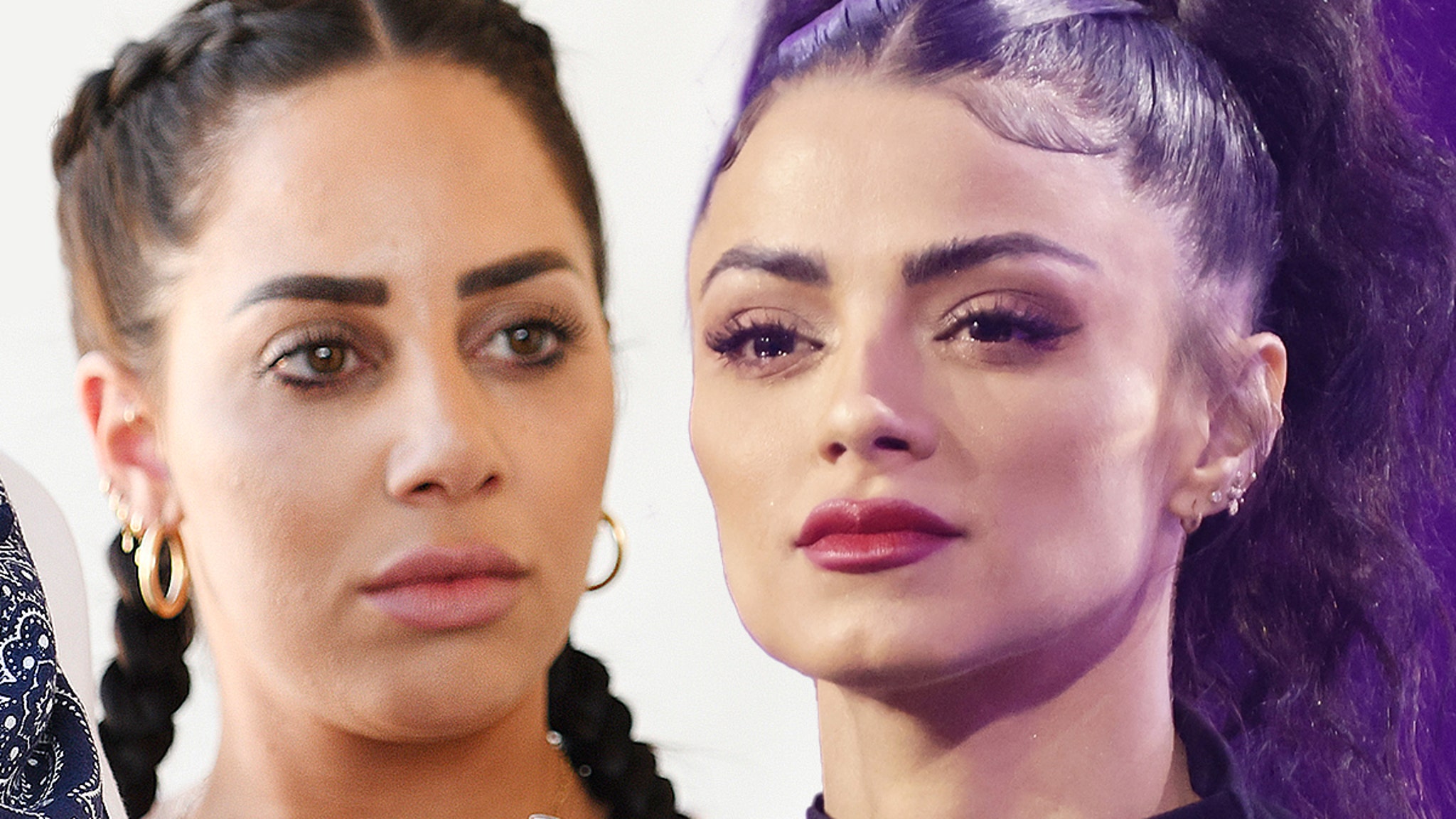
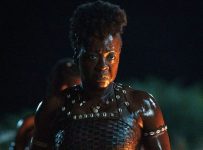
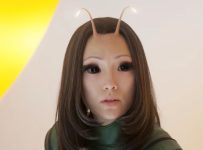

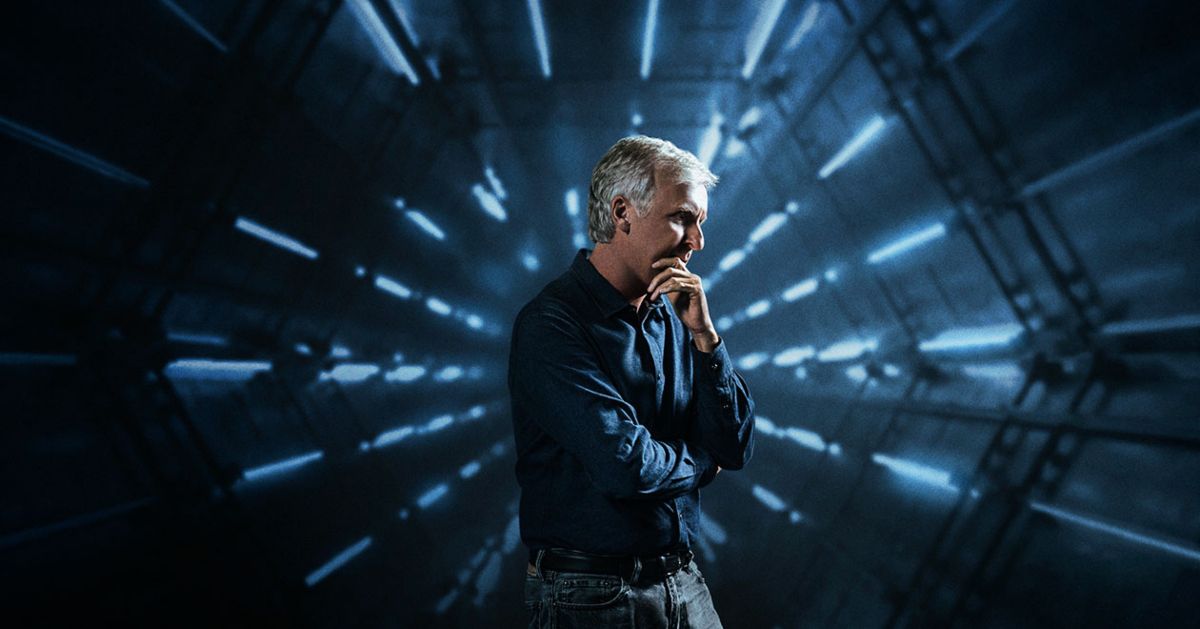
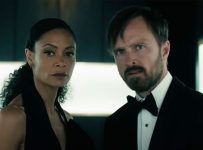
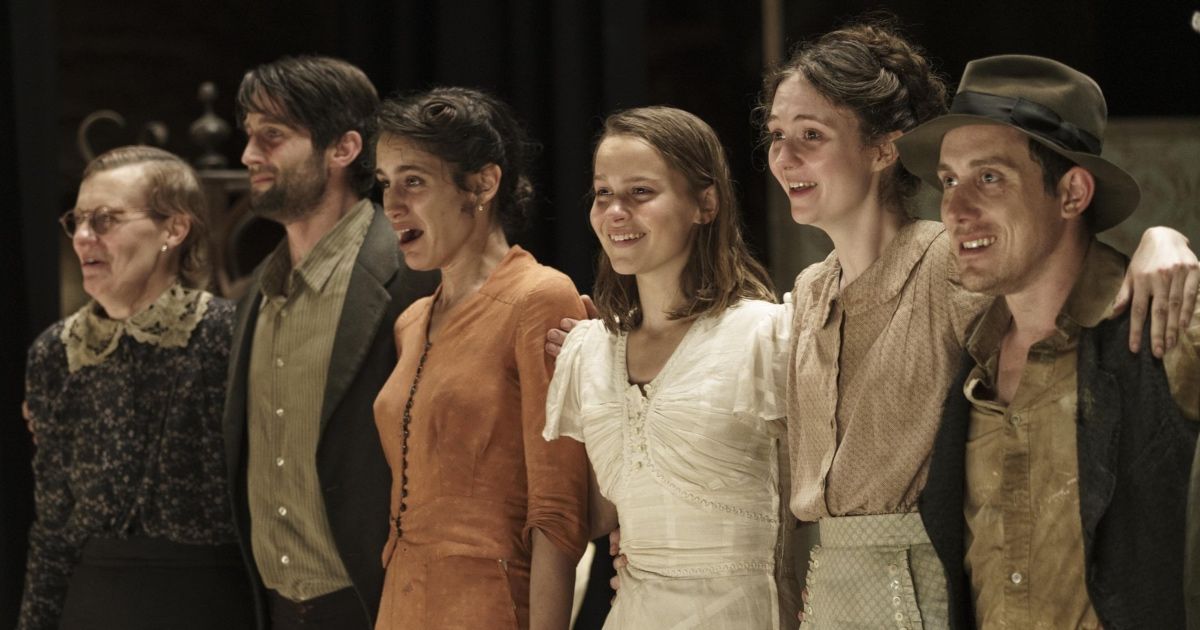

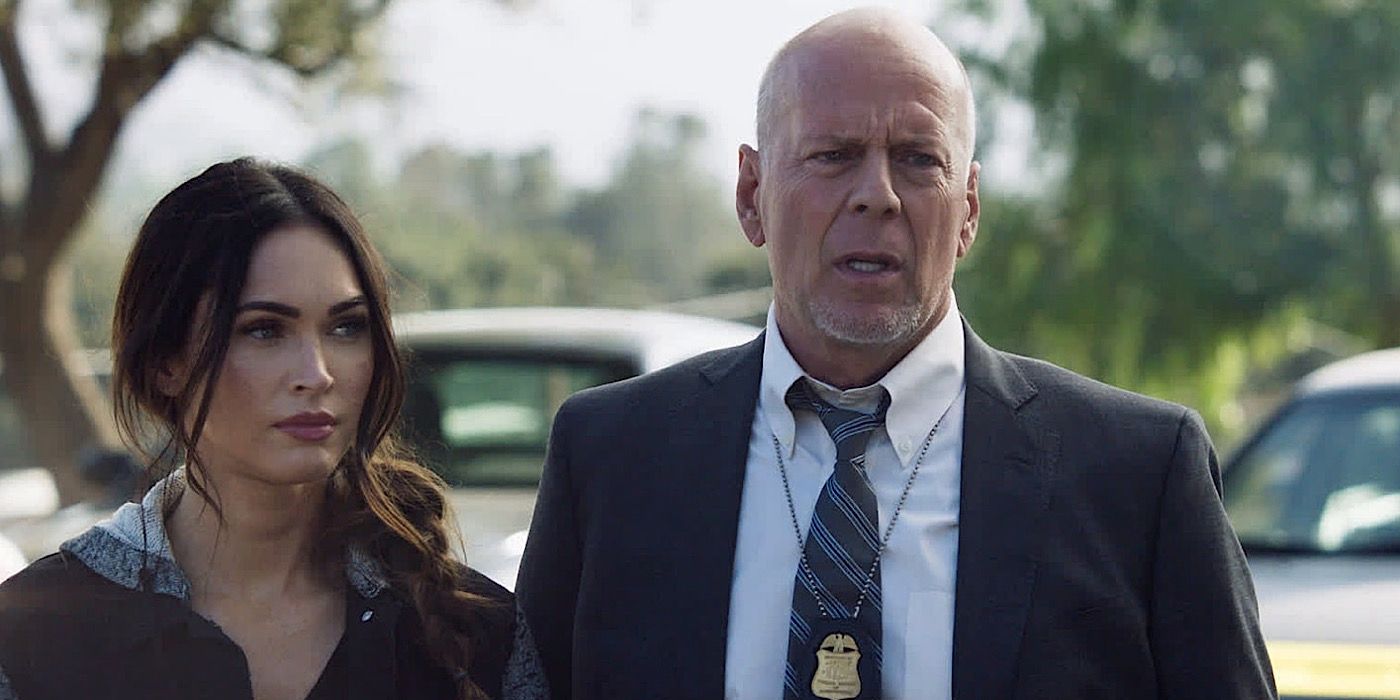

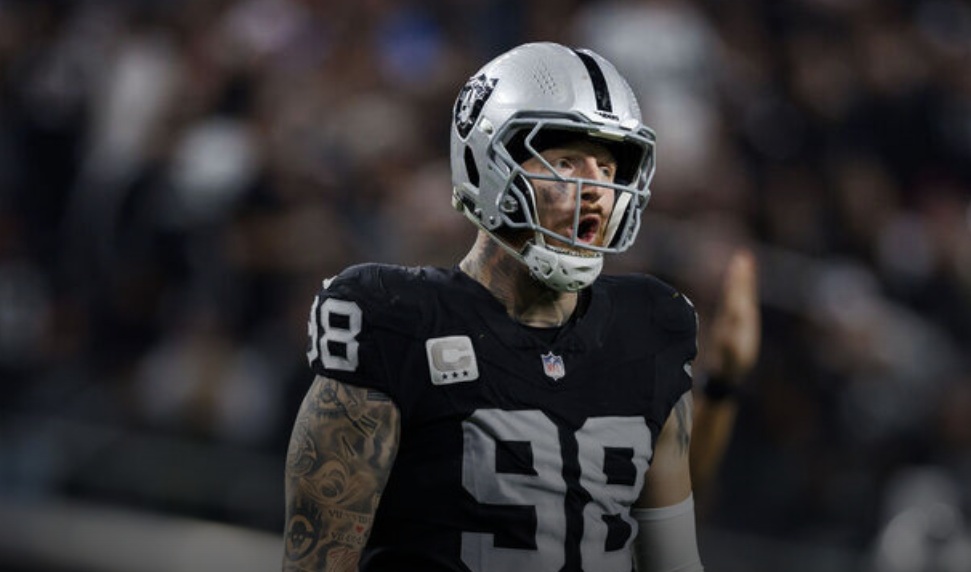




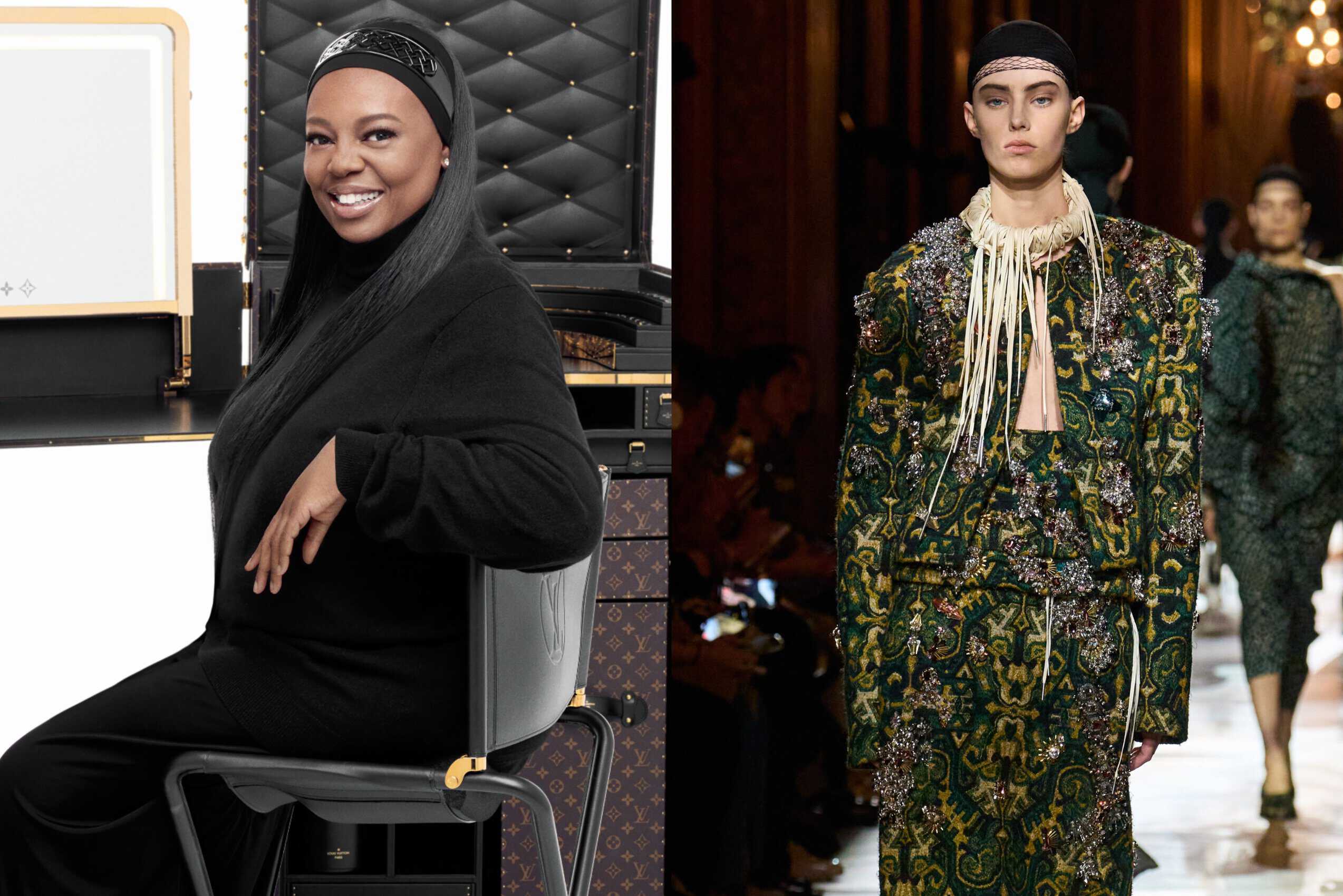

:quality(85):upscale()/2025/03/04/010/n/1922564/e4e30ef267c789a5161212.31191204_.png)
